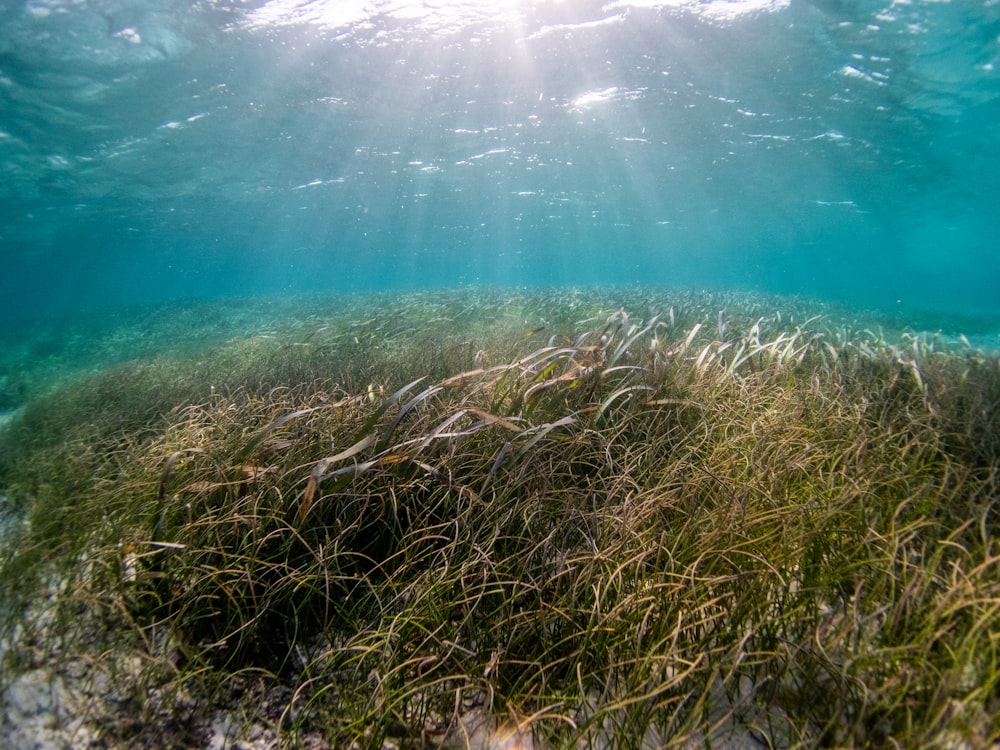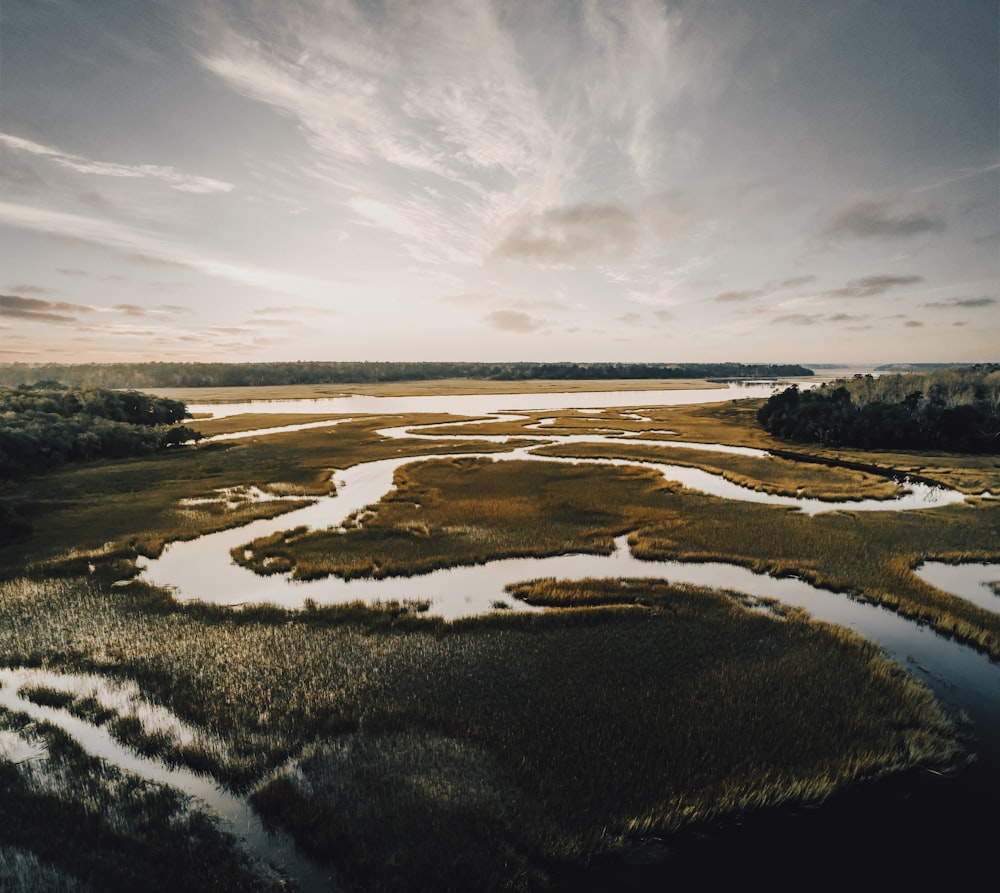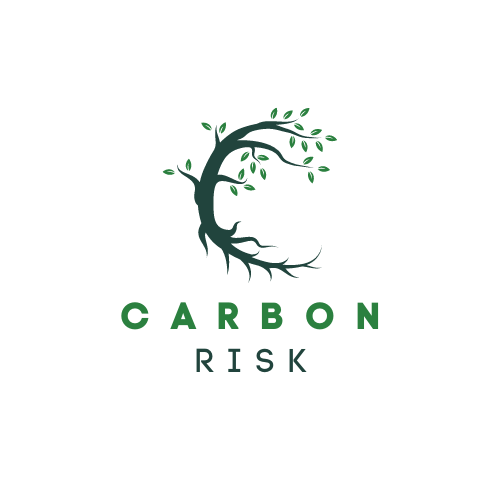Banking on 'blue carbon'
Everything you need to know about carbon credits sourced from the ocean
In previous articles I’ve written about the planet’s carbon removal scarcity problem, why competition for land and commodities means that nature based carbon credits need to rise, and why technological solutions may ultimately be required to meet net-zero targets.
We can push the envelope of carbon removal options even further. Just off the coast, and deep beneath the water lie other sources of natural capital that can be exploited to sequester carbon from the atmosphere.
‘Blue carbon’ as it’s known includes mangrove forests, tidal marshes and seagrass meadows.
According to the United Nations Educational, Scientific and Cultural Organization (UNESCO), blue carbon assets are among Earth’s most efficient absorbers and long-term repositories of carbon.
For example, mangrove forests can store more than 1,000 tonnes of carbon per hectare, more than four times the amount sequestered by terrestrial forests. Seagrass can suck up even more, ingesting 15 times as much carbon per year for the same area of forest.
Alongside seaweed farming, protecting and restoring these marine ecosystems could reduce global carbon emissions by as much as 1.4 billion tonnes of CO2-equivalent emissions annually by 2050, according to the World Resources Institute (WRI).1

Underwater blues
These coastal and marine ecosystems store more carbon than terrestrial ecosystems. However, they are just as vulnerable to damage as land-based natural capital assets. Infrastructure development, land-use conversion and poor waste management are all factors that can damage blue carbon assets.
Disturbing a hectare of mangroves releases as much carbon as cutting down between 3 and 5 hectares of tropical forest. Mangroves are thought to be eroding at about 2% per annum, while seagrasses are estimated to be disappearing at a rate of between 2% and 7% per year.
Unlike other blue carbon assets, much less is known about changes in tidal marsh acreage. Whist tidal marshes have been mapped on a local and national level, no attempt has been made to map the distribution and extent of tidal marshes on a global level, preventing any accurate estimate of overall decline rates.

The blue carbon wealth of nations
Seagrass beds are found in all regions, from cold polar waters to the heat of the tropics. Tidal marshes are also found across the globe, but are most commonly located in temperate areas including North West Europe and Australia. In contrast, mangroves are typically confined to tropical and sub-tropical areas.
The three countries generating the largest positive net blue carbon contribution for the world are Australia, Indonesia and Cuba (see Africa's "green superpower"). However, not all countries are in the same position to benefit from this blue carbon wealth, reflecting the different stages in project development of the three blue carbon assets.



